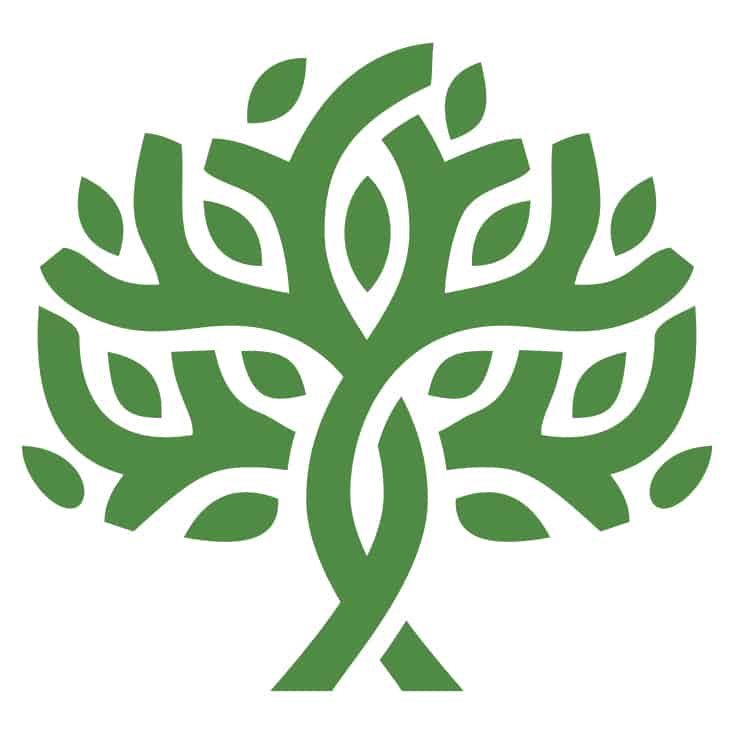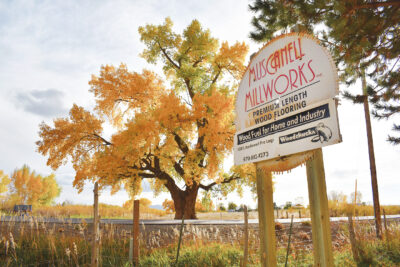Ontario Business Trends – March 2025
Wait-And-See Approach To Guide Government Regarding Tariffs
2025 kicked off with several challenges adding more concerns and stress to everyone in the hardwood industry, and the country at large. The swearing in of a new U.S. President in January, his threats to impose tariffs, the resignation of Prime Minister Trudeau and parliament being suspended until March 24 while a new leader is chosen, all while trying to manage a business profitably, is quite an uphill battle to start the new year. There were also the forest fires in northern Ontario. The wildfires of Los Angeles County will affect the industry, and the work of rebuilding the lost homes and businesses, which will all take time.
As was announced, business for the hardwood sector had declined over the past year. According to published statistics, production volumes of hardwood were down for the industry. These were in response to decreased demand for hardwood lumber due to loss of market share to non-wood materials, engineered wood and imported species from other countries.
The colder weather of January in Quebec and Ontario helped improve logging conditions, which should assist in increasing log deck inventories.
Ash demand is limited and logs are noted to be going to export markets, restricting sawmill production. Overall, green stock production is balanced with developing business.
Consumers have reduced their spending on hardwoods and hardwood finished products such as furnishings and fixtures. Basswood, along with other species, experienced a decline in demand due to the finished goods sales being off, and the loss in business to alternative materials used by traditional Basswood markets, such as other species, non-wood materials and composite wood materials. Sawmill production has also declined.
Hard Maple continues to be a good performer on markets. It has seen its ups and downs between over-supply and contracting demand, but it has remained strong. Sawmills and lumber yards had reduced their inventories in advance of the winter cut production. Contacts stated this had resulted in lower prices for certain items. As a result of reduced green Hard Maple production in the fall, tighter supplies are seen in current kiln-dried inventories, leading to higher prices for certain kiln-dried items.
Business for Soft Maple, noted some contacts, is not as robust. There are sufficient supplies of green and kiln-dried production to meet buyers’ needs.
Red Oak is selling well on domestic markets to secondary manufacturers and lumber yards, as well as to overseas markets. It was noted that with higher transportation costs, Red Oak from Canada and the Appalachian regions gained preference in certain markets across North America and to overseas markets. Winter weather conditions can be a hindrance for Red Oak production due to frozen logs being hard to cut and limiting green lumber availability.
White Oak sales are still favorable, with prices coming down from their historical highs. With increased sawmill production, especially in the Appalachian region, supplies have greatly improved in that area for this species.

Supply of wooden pallets and containers greatly follows the economy. It was noted that the demand for new pallets or new raw materials to manufacture pallets was curbed by a pallet recycling sector of that industry. Sawmills therefore reduced production caused by the drop in demand for hardwood pallet lumber and cants. Prices are noted as stable.
Recently, Former BlackBerry Ltd. chief executive, Jim Balsillie, donated $10 million to form a new policy organization meant to boost Canada’s prosperity and resilience, the Canadian Shield Institute. The name is from its goal of securing homegrown innovation, economic leadership and defense. It will be its own organization but will have links to the Council of Canadian Innovators, a group Balsillie co-founded in 2015.The institute’s eight areas of focus include transforming tax policy for global competitiveness, positioning Canada at the forefront of deep technology and modernizing government through institutional reform. The institute will also push the country to adopt innovation strategies for forestry, energy, minerals, agriculture, fisheries, housing and health care. The institute plans to work with industry leaders and philanthropists to ensure it has a long-term impact on the country.
During an online discussion about the Bank of Canada presented by the Global Risk Institute, National Bank of Canada economist Warren Lovely, said we should “allow our federal government and our provincial governments to really enact the policies that we need to contend with today’s risk factors – Trump, of course, being chief among them.”
Christopher Ragan, professor at McGill University’s Max Bell School of Public Policy, told the panel that while he believed the Bank of Canada would be forced to cut rates, there was not much it could do to address the kind of shock that tariffs of that magnitude would have on the Canadian economy.
The Bank of Canada’s policy rate currently sits at 3.25 percent. Economists predict it will have more room to fall to below two percent, if Trump follows through on his tariff threats. Both these individuals think there is only so much the central bank could do for the Canadian economy in such a situation.
Lovely said it wasn’t for the Bank governor “and the Governing Council to be reacting to Trump tariffs if they do come to pass. I think it’s for our elected officials, government leaders at the federal level, at the provincial level, even at the municipal level, to be making our case and trying to circumvent and limit the application of those tariffs.”
Other risk factors of concern include the underperformance of Canada’s economy in comparison to the U.S.
“Canada has been operating and running below its economic potential, opening up slack,” Lovely said. “The U.S. has been operating above potential, running above its speed limit.”
As a result, the Bank of Canada cut more aggressively than the U.S. Federal Reserve. This is expected to continue as the Federal Reserve has signalled a pause to its cuts in January, which will cause the Canadian dollar to fall further against the U.S. currency.
Both individuals discussed Canada’s fiscal position. Lovely says the federal deficit has become structural and while Canada’s finances may look more sustainable in comparison to the U.S., Ottawa should hit a reset.
“We never really want to be using the U.S. fiscal path as a rule of thumb that we can apply in Canada,” he said. “We really do need to hold ourselves to a stricter standard.”
Ragan warned spending pressures will only grow in the face of an aging demographic, which will push up costs of Old Age Security, and pressures to allocate more on Canada’s defense spending.
“Longer term, these fiscal pressures will impact the Bank of Canada’s neutral rate target, pushing it higher than where it is currently predicted to land in 2025.”
“What that means is we might see the Bank of Canada’s rates go down a little bit more for cyclical reasons,” said Ragan. “But I don’t think we should be surprised if the estimates of the neutral rate are rising over the next decade or so, which means that the longer-term target for the Bank of Canada, has a pretty good chance of rising, not falling.”









